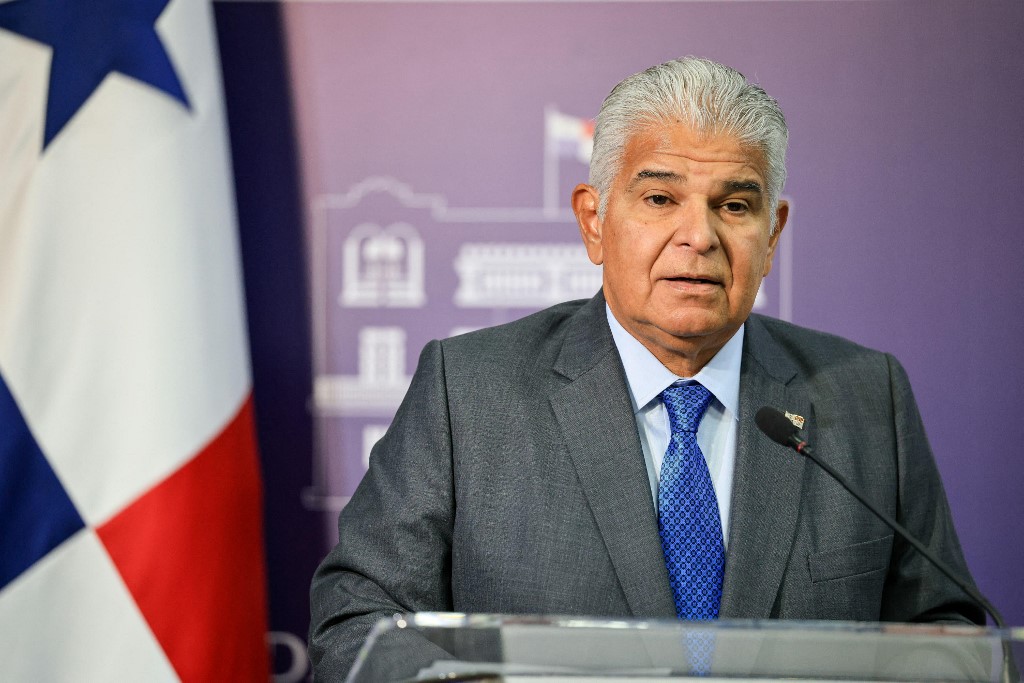Q24N — Andrea’s farm sits tucked near Nicaragua’s border, just a few miles from Costa Rica. It’s been in her family for over 20 years, a place she hoped to pass down to her kids someday.
But now, her land belongs to the state, thanks to a new law called the Ley del Territorio Fronterizo en Nicaragua (Border Territory Law), pushed through by the Ortega-Murillo regime.
This law claims all land from the border up to 15 kilometers inside Nicaragua as “inalienable state property.”
For Andrea, this means “terrible legal uncertainty.”
Since the law came into effect on August 5, 2025, she says the mood around the area is heavy with fear and confusion. She asked to keep her name and exact location private for safety reasons.“No one tells us anything,” she says.
“There are no rules yet for the law, so we don’t even know what rights we still have on land that now belongs to the state.
”The new law expands the zone of state-owned land from 5 to 15 kilometers from the border, but it doesn’t offer any compensation for things like crops, buildings, or other investments made by the original owners.
“We’re basically stuck. We can’t sell, pass it on, or use it as collateral. We can’t do a thing,” Andrea explains.
This law scrapped the 2010 Border Legal Regime Law and its 2020 update. Those earlier rules recognized private and communal property within the border zone and only made the first 5 kilometers untouchable state land.
Experts say this new law impacts between roughly 18,700 and 18,900 square kilometers of Nicaragua — that’s over 14% of the country’s total land area. It covers the entire 15-kilometer stretch along Nicaragua’s northern and southern borders, though not the coastlines, which are governed by a separate law.
Still, parts of the coast within that 15-km zone in places like Rivas, Chinandega, and the Caribbean Coast are affected.
For people like Andrea, this legal mess has stalled life. She’s an agricultural producer, and without clarity on ownership, she’s stopped investing in the land. What once was a plan to plant seven manzanas (about five hectares) has shrunk to just one or two — barely enough to get by.
“I had plans for planting, improving pastures, and prepping the land. But how can I plan when I don’t know what’s going to happen?” she says. “I’ve put everything on hold — no more investments, no new infrastructure. I won’t even risk a single peso.”
The absence of regulations for the new law also worries her. Some laws can go years without clear rules, leaving people stuck in limbo, unsure where to turn.
Verónica, who lives near the southern border inside the 15-km zone, says the uncertainty is widespread — it affects entire cities and valuable tourist areas. People have lived and worked on their land for generations, and now they don’t know what comes next.
She points out that the old 2010 law at least allowed buying and selling property in the “inalienable” zone. Now, she doubts anyone can sell at all — and even fewer would want to buy.
A Nicaraguan legal expert, speaking anonymously, said the new law essentially confiscates private, communal, and cooperative lands to push a “state property model” favored by Ortega and Murillo.
This model has been creeping in through other laws focused on coastal zones, water, and the environment, shrinking the space where private or communal ownership is allowed.
The expert says this approach avoids the political backlash that would come from outright confiscations like those after the 1979 revolution.
The result, the expert warns, harms private businesses, indigenous land rights, and legal certainty. It also undermines investment, violates established rights, and disrupts the lives and traditions of indigenous communities.
Over 300 kilometers away, along the Coco River on the border with Honduras, Mario’s indigenous community is also anxious. The new law threatens their lands — forests, rivers, farms, and artisanal mines — which attract settlers looking to invade.
Mario says the community is preparing to meet and discuss the law, but fears it won’t be good for indigenous people. So far, there hasn’t been much presence from national authorities, leaving people worried and uncertain.
The Network of Indigenous Defenders of the Caribbean Coast estimates about 100 indigenous and Afro-descendant communities near the borders will be affected. They say the law violates indigenous autonomy and legal security, allowing the state to take land and resources without consent, all under the banner of sovereignty and security.
Another lawyer, speaking off the record, explains that the new 15-km strip is different from the old one. Before, it mostly served to legitimize military control without messing with property rights. Now, by declaring the state the owner of all land there, private and communal property basically vanish.
Residents are reduced to “squatters” in their own homes.
In legal terms, squatters occupy property without a valid title, leaving them vulnerable and unstable. The lawyer warns that people in the border zone have lost the ability to manage their land — they can’t sell it, lease it, contribute it to a business, or use it as collateral. Mortgages and other guarantees are now meaningless.
The article was translated, adapted, and produced with the assistance of AI technology from the post published by Confidencial.digital. Read the original in Spanish here.
Source link
Q24N



